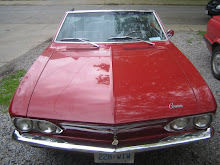

 Built in 1920 and originally called The Pantages this was Canada's largest theatre, able to seat 3372. In 1930 the name was changed to the Imperial and it continued to operate until 1972 closing after a nine month long engagement of the Godfather.
Built in 1920 and originally called The Pantages this was Canada's largest theatre, able to seat 3372. In 1930 the name was changed to the Imperial and it continued to operate until 1972 closing after a nine month long engagement of the Godfather.
 On June 21, 1973 the redesigned theatre was re-opened as the Imperial Six and lasted until 1986 when a complicated leasing agreement split the theatre between two different owners.
On June 21, 1973 the redesigned theatre was re-opened as the Imperial Six and lasted until 1986 when a complicated leasing agreement split the theatre between two different owners.It opened again briefly as the Pantages before closing for a complete restoration.
You can read the complete story here.
In July 2001 it was renamed the Canon Theatre.

 Images courtesy of John Chuckman and Eric Viellette.
Images courtesy of John Chuckman and Eric Viellette.





















































